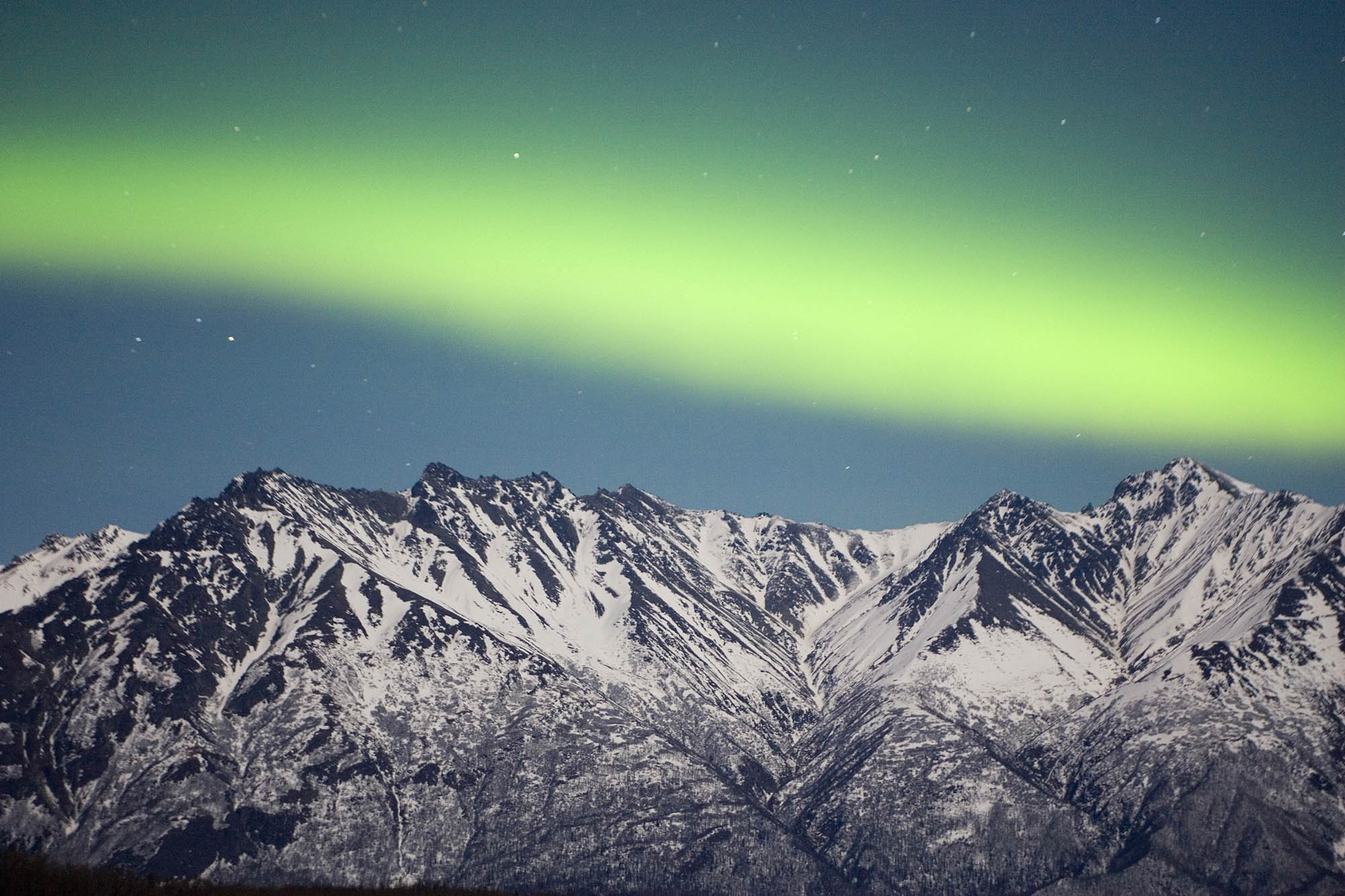The northern lights will be seen by more than just those in the North this week.
The National Space Weather Prediction Center has detected magnetized plasma from the sun’s atmosphere called coronal mass ejections, or solar flares. Two of these flares, along with increased solar wind, are expected to reach nearby satellites or even enter the Earth’s atmosphere.
As a result, solar magnetic storms, known as our northern lights, typically seen from the very northernmost parts of North America, will shift southward, allowing more people to view them from Aug. 17-19. The areas that are most likely to be within viewing distance include Canada and Washington state, and there is a good chance in Maine, Michigan, North and South Dakota, and Montana.
WATCH: SEE CHINA’S SPACE STATION SHOW OFF HUGE NEW ‘SOLAR ENERGY-CAPTURING WINGS’

In addition, the areas of Rhode Island, Washington, D.C., Illinois, Ohio, and Colorado may catch a glimpse, though it’s unlikely.
The sun regularly emits solar flares, but they rarely reach the Earth on account of the 93 million-mile distance between them. When the flares’ magnetized particles interact with the magnetosphere around the Earth, the northern lights appear.
CLICK HERE TO READ MORE FROM THE WASHINGTON EXAMINER
Despite the estimates that these flares could reach satellites, there is no anticipation that satellites will be adversely affected.

